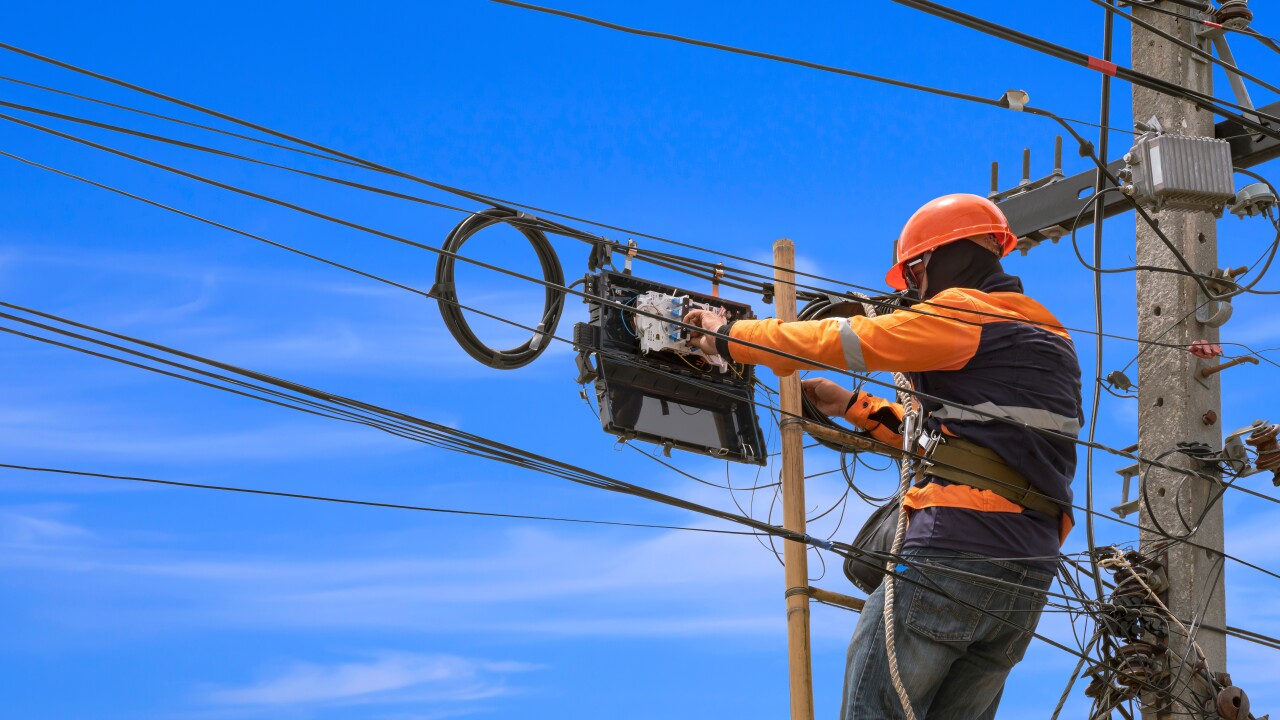While this year's increase in
New analysis released by real-estate brokerage Zillow last week showed that ARM borrowers have the means to adapt in the years ahead when their initial low rates expire.
"Borrowers today are more financially prepared for home buying, and the housing market has a much stronger outlook than the last time ARMs were this popular, said Zillow senior economist Nicole Bachaud in a press release.
In 2021, before the recent surge in adjustable-rate mortgages began, the underlying fundamentals of the typical ARM borrower were stronger than those of home buyers taking out fixed loans, Zillow found. The median income of ARM borrowers was $165,000 compared to $91,000 for the entire pool of mortgage recipients. The typical down payment from an adjustable-rate borrower was also much higher, at 23.6%, compared to the 10% an average borrower offered.

"Housing market conditions and the profile of ARM borrowers should bring comfort to anybody scarred by the memory of risky lending practices during the Great Recession," Bachaud said.
Current standards are far different from the loose mortgage lending that precipitated the Great Recession between 2007 and 2009, said Rashalon Hayes, assistant vice president of field mortgage originations at Navy Federal Credit Union in Vienna, Virginia. The aftermath of the recession led to passage of the Dodd-Frank Act and establishment of the
"The credit risk and the credit underwriting has tightened for sure," Hayes said in an interview with National Mortgage News. "I definitely think that, as we look at lending today, and in comparison to before, there's definitely higher credit quality that's going into lending today, which is definitely a change from what we saw back in '06 or '07-'08."
Renewed interest in ARMs has turned into one of
Even if current borrowers default when their rates increase, the housing market is on much more solid footing than it was 15 years ago, Zillow reported. Heightened purchase demand will likely prevent a similar crash; buyers are ready to take advantage when a home comes on the market, which will keep prices steady.
While much of the uptick in ARMs has been attributed to the acceleration of fixed mortgage rates, other factors are contributing to their current popularity, according to Hayes.
"I think it's more around flexibility within the product as well as having that lower payment," she said.
In a competitive market, buyers may face higher initial costs earlier in the purchase process, necessitating extra funding for an additional down payment or other fees. Taking out an adjustable-rate mortgage may provide better cash flow at earlier stages. Borrowers may also expect their financial situation to change in a few years, when they can then transition into a fixed-term rate, Hayes said.
An ARM might also serve new buyers well, especially if they only plan on staying in their home a few years.
"It's really good to introduce those types of mortgages to our first time homebuyers, because a lot of times it's their starter home, right? What are the chances of them wanting to lock into something for 30 years?" Hayes said.
Zillow's data also showed that ARM borrowing among Black consumers centered around more affordable properties, running contrary to all other racial groups in its analysis. The median property value for approved adjustable-rate loans that Black borrowers took out was lower than the overall across all Black consumers.
The hesitation to take out ARMs for higher-priced properties has roots in the previous housing crisis when foreclosures disproportionately hit Black homeowners, many of whom had adjustable-rate mortgages.
"Definitely there weren't guardrails set up in place to protect that population, and really, not just that population, but everyone in general who was impacted at that time," Hayes said.
"I think today what we're seeing is those lessons learned and, 'I'm not going to get into something that I may not be able to afford going forward.' "
While greater risk is involved with adjustable-rate loans, they may continue to be an attractive alternative for interested home buyers with sufficient resources, according to Zillow, especially if
"While not the best option for every buyer, ARMs can be beneficial for households on solid financial footing that can stomach the possibility of higher payments down the road," Bachaud said.




